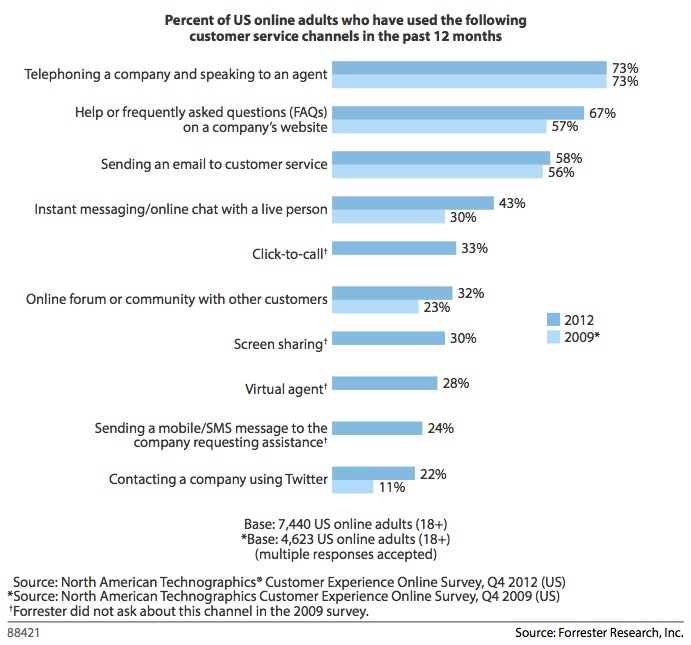Earlier this week, I had the privilege to present the opening address keynote at Frost & Sullivan’s Executive MindXchange at the JW Marriott in Tucson, AZ to a group of more than 300 customer experience and contact center executives from organizations like American Express, Citigroup, Intuit, Eli Lilly, Cardinal Health, Victoria’s Secret, Discover Financial Services, Kohl’s, Nokia, Hyundai, Schneider Electric, and others.
I’ve included the entire deck below. Below are some brief accompanying thoughts:
Customers have unprecedented speed and access to anything and anyone from anywhere. This is dramatically shifting customer expectations, and continues to do so as new innovations continue to be absorbed into the mobile landscape. As technology races on, and the lines between the digital and physical are increasingly blurred, many executives are that I speak with are simply dumbfounded by the monumental task ahead of them to retrench the way that commercial institutions have been operating for decades. Most don’t express it exactly that way. It’s simply written on their face. It’s simply overwhelming to consider how expectations will change when wearables and ambient technology become more ingrained into the mainstream. Recent history tells us that this may happen sooner than we think. Many organizations still feel unprepared to deal with the reality of 2010, let alone 2014 or 2015.
During my presentation, I mentioned 3 organizations that were doing innovative things to leverage technology to better serve customers. Enterasys, with it’s ISAAC system – Barclaycard –with its innovative Barclaycard Ring product, and Amazon, specifically with its pending release of “Mayday”.
I polled the audience “How many of you spent more last year with Amazon than you did five years ago?” Approximately ¾ of the audience raised their hands. When I asked “Why” – many of them replied – Amazon Prime. Amazon does an amazing job of making shopping easy – from discovery to check out, payment, and delivery. But none of those reasons are why I included Amazon in my presentation today.
I mentioned Amazon because of its pending Mayday service. The more I contemplate this, the more significant it becomes.
For those unfamiliar with the service, Mayday will be shipping with its new Kindle DX product in a few weeks. They’ll be offering a live customer service representative on demand in streaming video with capabilities to take over the device within 15 seconds. A live streaming person, in context with the ability to help as if they were sitting right there with you in less than 15 seconds!
Compare that with the traditional IVR and a 20 minute hold time that has drawn the ire of customers for so long and is increasingly driving them to digital self service channels. (special thanks to Kate Leggett and the Forrester team for the following data points).
If Amazon is able to successfully execute on this promise, it holds the potential to rewire an entire industry. As delivery matures, it holds the potential to render the traditional IVR extinct, to which nary a customer would object to, though a slew of technology vendors would.
As I look around, I see too many companies still wrestling with solving yesterday’s problems, woefully doing their best to survive, while the speed of technology renders their efforts irrelevant.
Amazon is not without its share of mistakes, but it has done so well for so long, that it was rated as the most trusted brand in a recent Harris poll.
So how should organizations respond to the rapid changes coming down the pipe? “Sense and respond” capabilities are becoming increasingly critical, requiring organizations to increase specific organizational capabilities:
(1) Understand customers more deeply
(2) Continue to learn more about customer journeys and recognize that for most organizations, there are a near unlimited amount of journeys, but they take place across the same primary outposts.
(3) Create and shape “playgrounds” for customers to interact with at their preference, with meaningful offers of value exchange at each step
Organizations should be investing in the following:
– Evolving towards a more experience focused culture
– Capturing, merging, and analyzing broader, more unstructured data
– Increased teaming and collaboration across organizational functions and touchpoints
– Translating data into insights
– Leveraging those insights to operationalize value creating recommendations and responses
